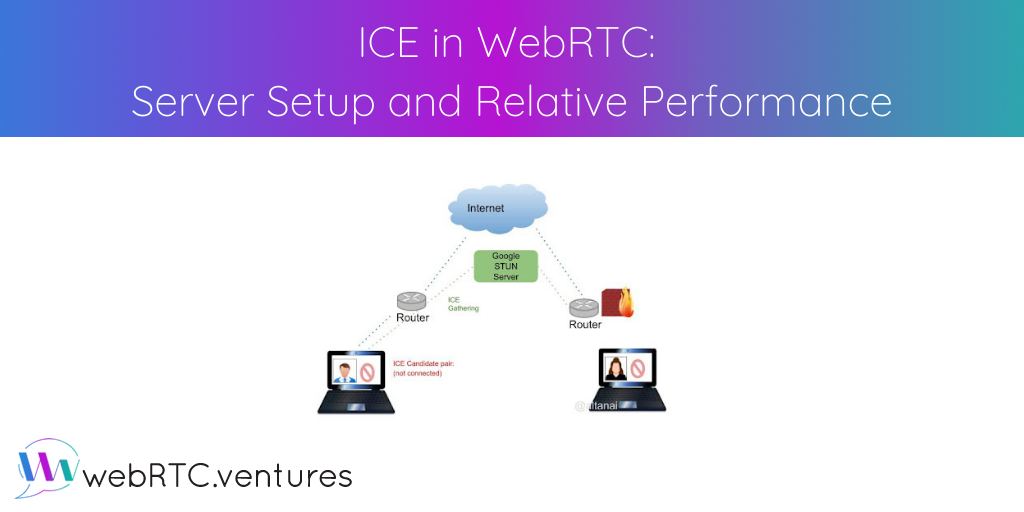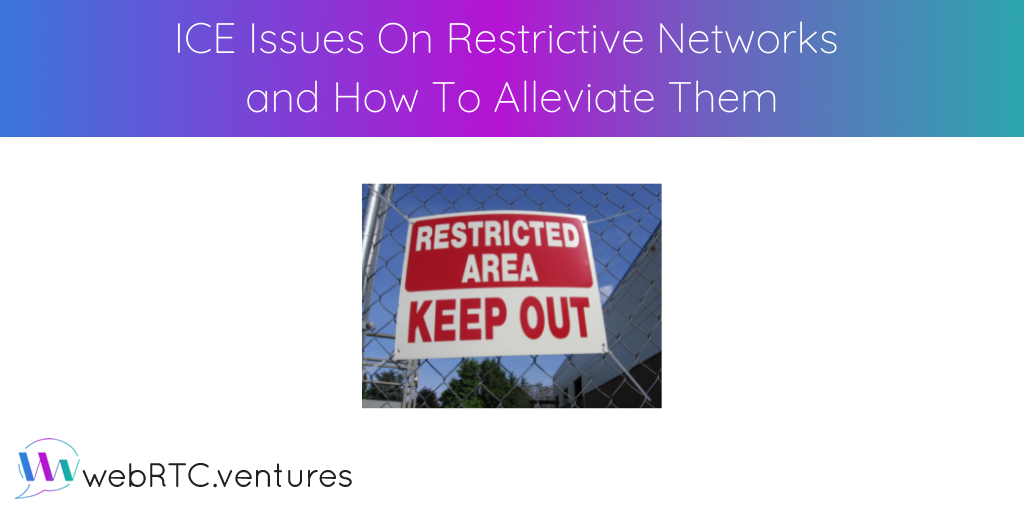
When WebRTC calls are between parties who are not on the same network, have symmetric public-private pairing (NAT), or have firewall restrictions there are a number of protocols that can be used. This post describes relative QoS performance working with no ICE Servers, a public STUN server, and a self-hosted CoTURN server.

TURN is a must for service reliability across firewalls and cross-network. A distributed point of presence setup across geographies can significantly lower the risk of packet loss as opposed to an uncertain dynamic route via the public internet. The WebRTC-CDN service provided by Subspace shows a significant improvement in packet loss, which leads to better stream reception for the remote endpoint.

For use cases like telehealth where security and privacy are paramount, WebRTC developers use ICE servers to find their way through restrictive firewalls. In this blog post, we will review the signaling process, STUN and TURN servers, and share some tips on how to alleviate ICE issues that can be caused by certain network restrictions.

For our 59th episode of WebRTC Live, Arin Sime welcomed three of our team’s senior WebRTC engineers to each share a piece of WebRTC wisdom with our viewers. Who better to learn from than those who work with WebRTC each and every day? Panelists includes WebRTC.ventures CTO Alberto Gonzalez, as well as Senior WebRTC Engineers Germán Goldenstein and Justin Williams. Topics ranged from unit testing challenges to restrictive network issues to optimizing audio group chat applications.






